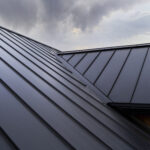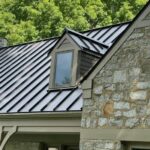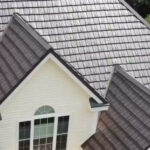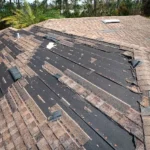Is Your Roof Leaking or is it Condensation?
March 5, 2020 | By Bryan Rusch | Filed under: Blog, Education
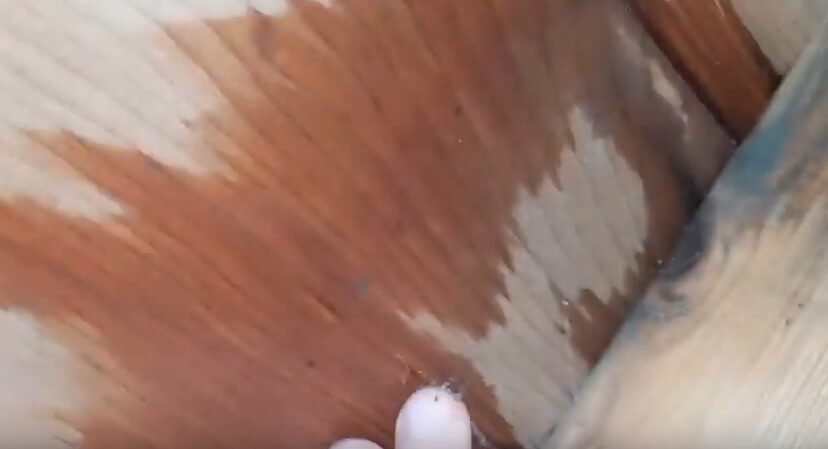
Sometimes it is difficult to tell whether a roof is actually leaking from the outside in, or if the underside of the roof in the attic space is wet simply from condensation. What is condensation? It is water that collects as droplets on a cold surface when humid air is in contact with it. Take a hot shower and your bathroom mirrors which tend to be cooler get foggy from the water vapor which collects on the surface. It is also an atmospheric phenomenon when warm air meets with cold air and water molecules in the form of vapor collect with each other and change into a liquid and fall to the ground. We know it as rain.
Leaking or Condensation In Your Attic
When you are in your attic space and the ambient air temperature is warmer than the roof substrate (i.e. wood decking), then water will collect on the underside of the surface and will appear as if the roof is leaking.
How is it best to prevent condensation from occurring in your attic? Moisture in a home travels through the home and when you are heating your home the warm moist air travels to the highest point in the home, that being the roof. If the moisture has nowhere to go at that point, it collects in the space and will either develop as visible moisture in the colder months or moldy dark spots and blotches in the warmer months. Stagnant air is air that doesn’t move. Ventilation moves moist air out of the home. Modern roofs use a system of ridge and soffit vents to ventilate attic spaces. Older homes use gable vents. Improving ventilation increase the health of your home overall and protects the roofing structure from the damage moisture can cause to the structural stability of a roof’s decking and its fasteners. Ventilation improvements can most often be introduced before or at the time of a roof replacement.
Reasons for poor ventilation include non-existent openings where vents should be located, undersized venting, and unbalanced venting that does not create proper convection (air movement) within the space of the structure.
Allowing moisture to escape with the air being vented is the first thing a homeowner will want to investigate if you see the signs of water condensation in the attic. There may be times where an inordinate amount of warm air can escape from a lower space into an attic and create temporary condensation. Leaving an attic door open for an extended period of time can introduce moisture quickly and cause a temporary situation where condensation can occur. If the attic is properly ventilated it will quickly resolve the issue once the door is shut and convection returns to its normal balanced airflow.

